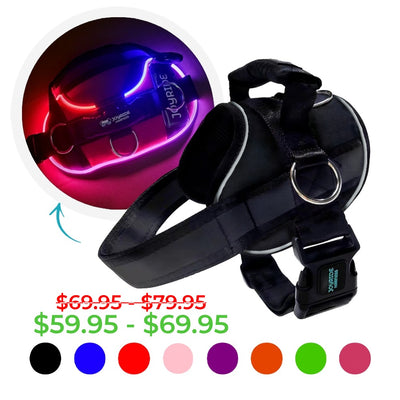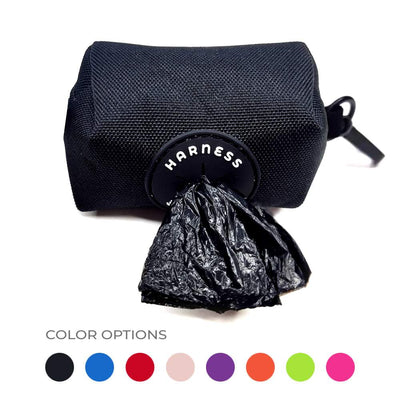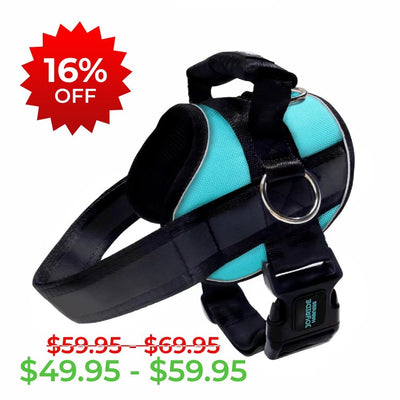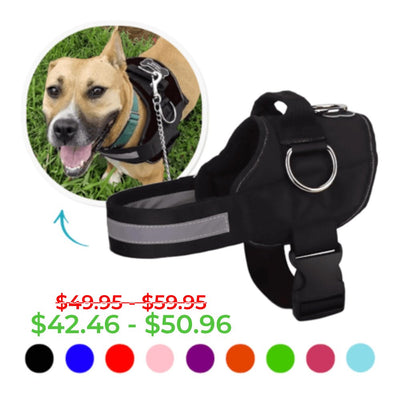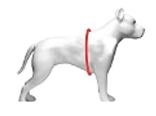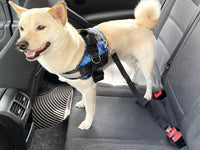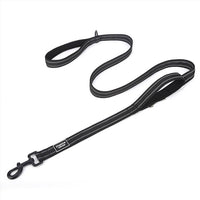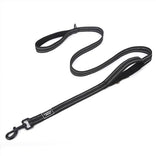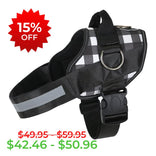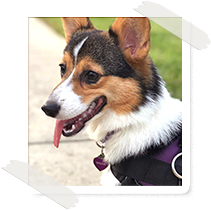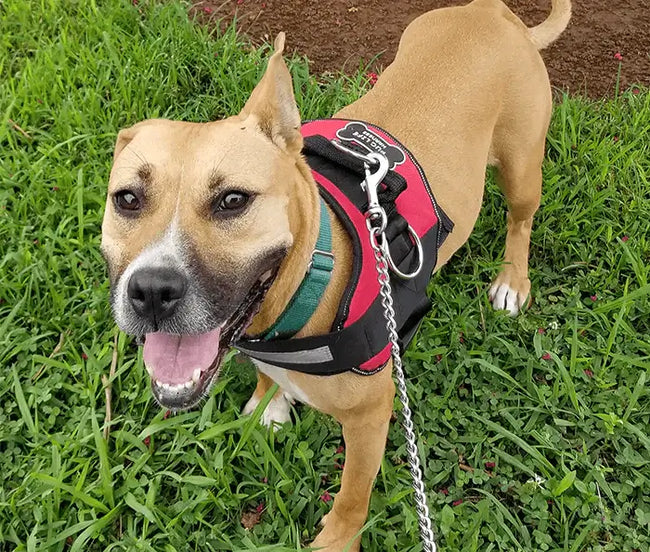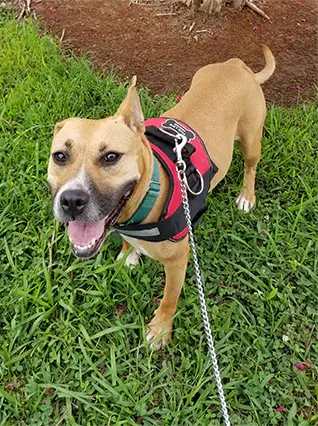How to Potty Train a Puppy: 8 Tips for Success

Bringing a new puppy into your home is an exciting experience! You can expect cuddles, playtime, and making unforgettable memories. But, like all great adventures, it comes with its own set of challenges. One of the most daunting tasks for new pet owners is figuring out how to potty train a puppy.
While potty training a puppy requires patience and consistency, the rewards of a well-trained pup last a lifetime! In this guide, we'll look at how to potty train a puppy with eight simple steps. With this guide by your side, you will have a potty-trained puppy in no time!
1. Understand Your Puppy's Needs
Every puppy is unique, but they all share one common trait: their tiny bladders. When learning how to potty train a puppy, it's crucial to recognize the signs that indicate their need to go.
These signs can include sniffing around, circling, whining, or showing restlessness. By understanding and acting on these cues promptly, you can significantly reduce the chances of indoor accidents.
How Long Can Your Puppy Hold It?
When it comes to potty training a puppy, it’s good to have a sense of how often they will need to go to the toilet. Here's a general guideline based on a puppy's age:
- 8-10 weeks old: Every 30 minutes to 1 hour. Puppies this young have very little bladder control and will need frequent trips outside.
- 2-3 months old: Every 1-2 hours. As they grow, they'll start to have slightly better control.
- 4 months old: Every 2-3 hours. By this age, many puppies can start holding their bladder for longer intervals.
- 5-6 months old and older: Every 3-4 hours. Some puppies at this age can even hold it for up to 5 hours, especially overnight.
With this information in mind, you’ll have a better understanding of step two: sticking to a schedule.
2. Set a Consistent Schedule
Consistency is key when it comes to potty training. Puppies thrive on routine, and setting a fixed schedule for feeding, playing, and potty breaks can make the training process smoother.
In addition to the above guidelines on how long a puppy can hold their bladder, most puppies will also need to potty immediately after these instances:
- Right after waking up in the morning or from a nap.
- After playing or engaging in vigorous activity.
- Within 5-30 minutes after eating or drinking.
- Before going to bed.
Be sure to include it in your routine to take your puppy out following naps, playtime, meals, and before bed. By sticking to these times, you not only help your puppy understand when it's time to do their business but also establish a sense of security and predictability for them.

3. Choose a Designated Potty Spot
One of the best strategies to streamline potty training a puppy is to select a specific spot in your yard or nearby area for your puppy to relieve themselves. This designated potty spot becomes familiar to the puppy over time, making them more comfortable and likely to do their business there.
Each time you take your puppy out, lead them to this spot. The scent from previous visits will prompt them to go. Additionally, having a set spot helps reduce the chances of accidents in other areas of the house or yard. Remember, consistency in this step is crucial. Before you know it, your puppy will be heading to their spot on their own!
4. Use Positive Reinforcement
Puppies, just like humans, respond well to positive feedback. Whenever your puppy successfully goes potty in the designated spot, shower them with praise. A cheerful "Good job!" or "Well done!" can work wonders.
Additionally, consider rewarding them with a small treat, a favorite toy, or some playtime. This positive reinforcement helps the puppy associate going potty outside with good things, making them more inclined to repeat the behavior. Avoid scolding or showing frustration if they don't get it right. Instead, focus on celebrating the small victories along the way.
5. Handle Accidents Calmly
Despite your best efforts, accidents are bound to happen. It's a natural part of the learning curve. When they do occur, it's essential to remain calm and understanding. Scolding or punishing the puppy can lead to fear and confusion, making the training process even more challenging.
Instead, clean up the mess promptly using an enzymatic cleaner to remove any lingering scents. This ensures the puppy doesn't return to the same spot inside the house for future business. Remember, patience is key. With time and consistent guidance, your puppy will get the hang of it.
6. Introduce Crate Training
Crate training is great for dogs and their owners, especially when potty training a puppy. Not only does it keep your puppy safe when you're not around, but it's also a valuable tool in the potty training journey. Puppies instinctively avoid soiling their sleeping areas. By introducing a comfortable crate as their personal space, you can leverage this natural inclination.
Start by ensuring the crate is the right size—not too big or too small. It should be cozy, allowing the puppy enough room to stand, turn around, and lie down. Whenever you can't supervise your puppy, especially during the night or when you're away, place them in the crate.
Remember to take them to their designated potty spot immediately after letting them out! Over time, the crate becomes a positive space for the puppy, reducing indoor accidents and reinforcing the potty training routine.

7. Monitor Water Intake
While it's essential to ensure your puppy stays hydrated, monitoring and managing their water intake can help reduce nighttime accidents. Consider limiting water intake during the evening and removing their water bowl about two hours before bedtime.
Of course, always ensure your puppy can access fresh water during the day, especially after playtime or meals. By managing their evening water schedule, you can ensure a peaceful, accident-free night for you and your pup.
8. Be Patient and Persistent
Potty training is a journey, not a destination. It requires patience, persistence, and a lot of understanding. Every puppy is different; while some might catch on quickly, others might take a bit longer.
Celebrate the small milestones and remember that setbacks are part of the process. Stay consistent with your routine, offer plenty of positive reinforcement, and always approach the situation with love and patience. And don’t forget to reward yourself, too! You’re putting in great work, and you deserve some praise and a cookie. You got this!
The Joyride to Successful Potty Training
Congratulations on embarking on this journey of learning how to potty train a puppy! With patience, consistency, and the right guidance, your puppy will master the art of potty training in no time.
And as you guide them through this essential phase, remember that Joyride Harness is here to support you. Our range of products ensures comfort and safety for your puppy during those crucial outdoor potty breaks. We also have even more tips and tricks on our blog to help you through every part of the pet parent process.
Enhance your puppy training experience with Joyride Harness and watch as every outing becomes a joyride. Check out our collection today and take the next step in your potty training adventure!

